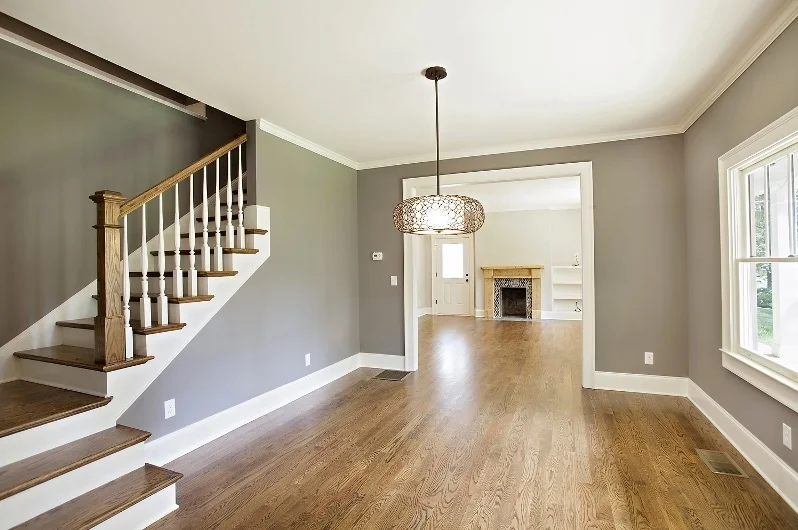We all do it. Put off phone calls. Delay scheduling medical appointments. Wait until the evening of April 14th to do our taxes. We find reasons to avoid doing even the smallest task. The experts actually have a phrase for it—“postponement problems.” The reality is procrastination can be costly both in business and in personal life. I don’t know many people who have the luxury of procrastination these days. And as business owners procrastination could literally affect our livelihood. So we take this procrastination business seriously. Here are some tips that help us to stay on point:
Tackle your biggest task first. Finishing the largest task on your to do list will give you an extra jolt of energy. You can then parlay that momentum into completing the rest of the items on your to-do list.
Reward yourself. Procrastination comes from a lack of motivation. Well, the best way to self-motivate is to reward yourself for buckling down. The experts call it “positive reinforcement.” Whether you’re a human or Pavlov’s dog—positive reinforcement is the best way to transform inertia into progress. Try it. You’ll be amazed at how motivating a chocolate bar or a glass of red wine can be.
Find your flow. When you have a deadline, fixate on getting the nuts and bolts of your project done first. Find your flow. Flow is that time when you’re totally absorbed in what you’re doing and making great progress. The worst thing you can do during this time of flowing productivity is to stop what you’re doing and critique. Get the lion’s share of the job done first. Go back later when the heavy lifting is done for critiquing or editing.
Break your project into smaller chunks. It’s easiest to stall out on larger projects since they require more steps. Break your large project into smaller chunks. Make a check list. Post it somewhere visible. Marking off items will help keep you motivated and focused for the duration of the project.
Turn off those negative tapes. When a to-do list looms it’s easy to get those negative tapes rolling in your head. “How will you ever get this done?” “Why did you wait until now to start this project?” It can really turn into a mind game. Swap those nagging tapes with ease-inducing ones. Replace “Why didn’t you start this sooner,” with something positive like, “Completing tasks is something I do well.” It may sound a little head-shrinky but it totally works. It’s hard to work under stress—especially when it’s self-induced.
Make a check list. An old fashioned check list is still one of the best tools for getting things done. Placing a big check or x next to a completed task feels good and energizes you for more work.
Create a distraction-free work space. If you’re already having difficulty getting work done any distraction will easily pull your attention away. Don’t set yourself up for failure by being ear shot of the TV, barking dogs, noisy neighbors or any other distraction. Create a place where interruption is highly unlikely. Put on some noise-cancelling headphones if necessary. Stuff your iPhone under a pillow so you can’t hear it. However, if you insist on keeping your iPhone near add RescueTime—an app that blocks certain or all incoming texts, alerts, messages, etc.
“Procrastination is the thief of time, collar him.”
― Charles Dickens, David Copperfield
“Someday is not a day of the week.”
― Janet Dailey (American Novelist)












